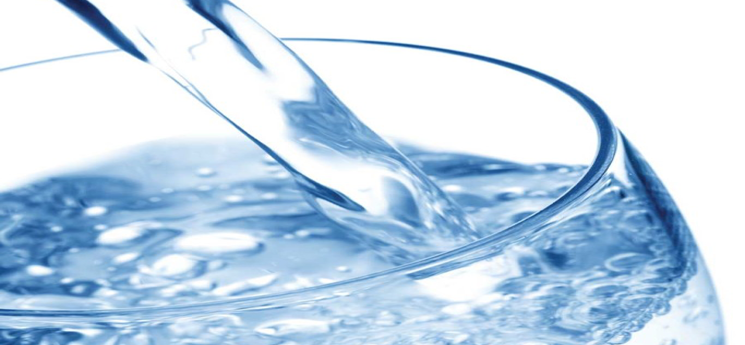Water is a human need, each and every person present on the earth needs at least 20 to 50 liters of water in a day for drinking, cooking, washing, bathing and several other purposes. Now polluted or contaminated water isn’t just dirty, but it even acts deadly sometimes. In fact, it is really shocking to know that 1.8 million people die every year of diarrhea or cholera diseases.
Our water today….
Unfortunately, due to advanced technologies and innovations, our natural water bodies like rivers, oceans, seas have been exploited, mistreated as well as contaminated. The population of marine life has declined and the sudden appearance of toxic blue-green algae in the rivers are clear signs of destruction of our heritage.

So, what can be done?
We all know how the lack of water leads to life-threatening dehydration. Besides, little or no water to crops means they will never grow and end up making the environment ripe for infection and diseases and resulting in malnutrition. Here we have come up with an easy solution through which people can be stopped by drinking dirty water and facing life-threatening dehydration. Install a “Sewage Treatment Plant”. Sewage treatment plants play an essential role in today’s society and as a civilization, we have achieved super efficiency in water treatment and reuse. But we still have a long way to go to ensure that our cities are properly equipped and ready to face clear water challenges.
Sewage Treatment Plant: 3 Present Challenges And Solutions Worth Considering
Like I said before, clean water is an essential source for people and their environments across the world. Thus, choosing a wastewater treatment plant with great operational efficiency is really important. Here I would like to mention a few possible challenges and solutions to keep in mind, especially in regards to a sewage water treatment plant.
1. Energy Consumption
One of the largest expenses faced in operating a wastewater treatment plant is the energy consumption. A sewage treatment plant is estimated to consume around 2-3% of the nation’s electrical power. Which is too much!
Solution: A few changes in the biological treatment process have the potential to significantly reduce the energy demand at a treatment plant. For example, you can think of, using fine screens in the primary treatment of a sewage treatment plant or the membrane technology.
2. Sludge Production
Sludge is basically the residue generated during physical, chemical and biological treatment and the challenge is the disposal of excess sludge produced during the process.
Solution: Finding safe and long term solutions for sludge production is a vital element of a sustainable functioning facility. The sludge produced from a sewage treatment plant can be easily recycled and reused in agricultural activities.
3. Costly to Construct
Activated sludge plants are pretty costly to construct and primary/secondary procedures rely upon a vast tract of land. Moreover, it is very important for a sewage or wastewater treatment plant to expand its capabilities too.
Solution: Increase in biomass concentration can directly or indirectly result in reducing the footprints. Besides, you can even think of getting in touch with a reputable and renowned company that offers the best range of sewage treatment plant from its space.

